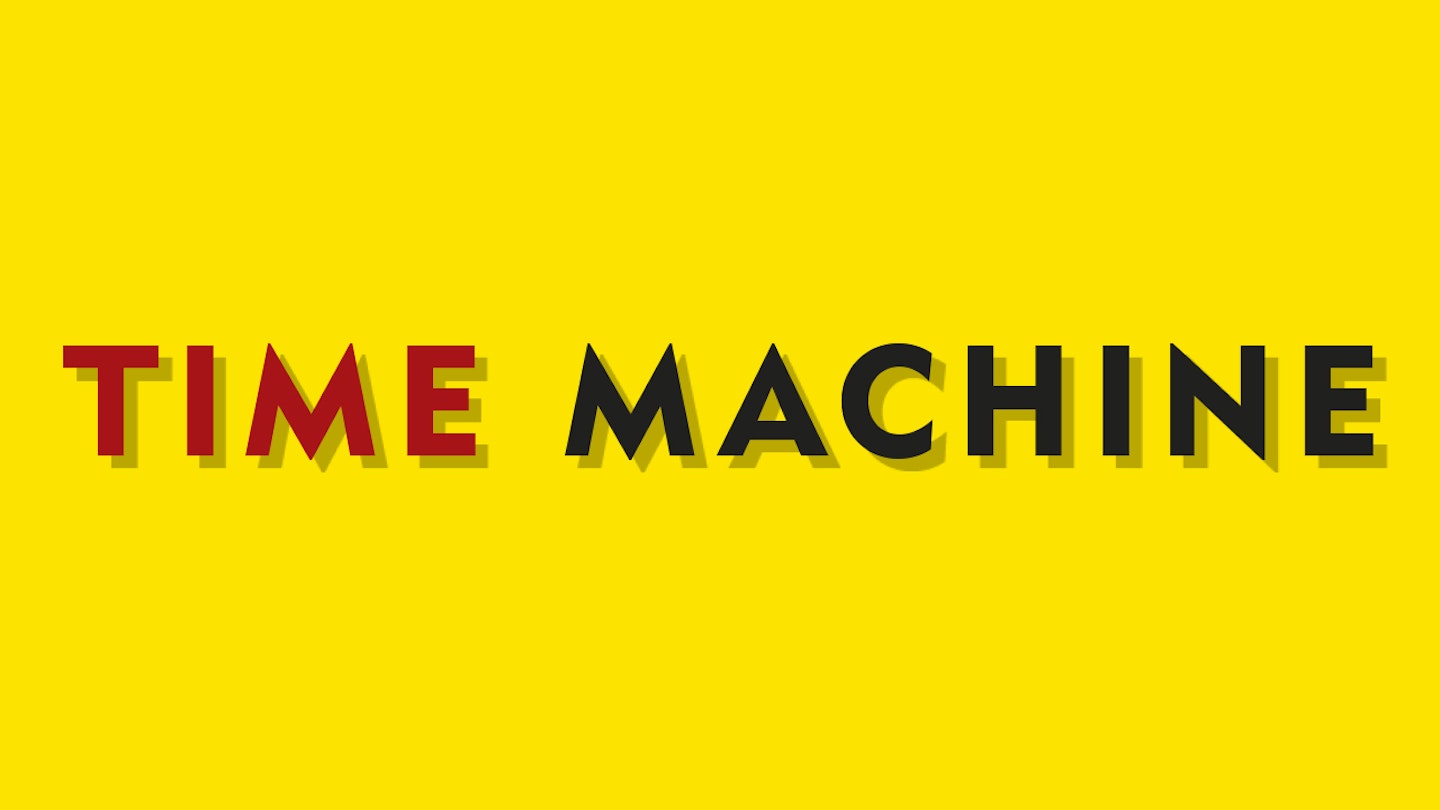20 January, 1973
It wasn’t the Opry that first inspired Jerry Lee. On Saturday nights he tuned into The Louisiana Hayride, beamed out of station KWKH in Shreveport. It was on the Hayride that first he first heard Hank Williams, the performer with the voice and songs that chilled his blood and filled him with inspiration. In 1949 Hank switched to the Opry. And Jerry Lee switched stations just to stay in touch.
When he played at the Opry’s Nashville’s Ryman Auditorium home 24 years later was a dream come true. 1973 was only three weeks old but it had already been eventful. From January 8 to 11, having just recovered from broken ribs in the wake of a hunting accident, Jerry Lee could be found in London’s Advision Studios with Delaney Bramlett and a stellar British rock lineup that included Peter Frampton, Rory Gallagher, Alvin Lee, Tony Ashton, Chas Hodges, Albert Lee, Joe Jammer, B.J.Cole, Kenny Jones – not to forget German bassist Klaus Voormann - and others.
He proved apprehensive at first, later recalling with a shudder that the British rockers actually had long hair. But he quickly became impressed by their playing. When the double album that would be called The Session Recorded In London With Great Guest Artists was done, Jerry Lee would attest, “They were the greatest musicians I ever heard.”
Meanwhile, Manager Eddie Kilroy, the producer who’d revived The Killer’s career at Smash Records when he nudged him to record ’68 country set Another Place, Another Time, had lined up a shot at raising Jerry Lee’s status still further in the C&W music field by organising a debut spot on the Opry.
When Jerry Lee eventually made it to the piano stool that January 20 night, he didn’t say a word but merely began playing Another Place, Another Time, the Jerry Chesnut song that had placed him back in the charts following a four year hiatus. Gaining a warm reception for his belief in hard-core country, he immediately pulled the switch and rocked into What’d I Say, prefacing a period during which country and rock intermingled as Jerry Lee pounded on, ignoring requests to pause for commercial breaks. It was then that he pulled his ace in the hole, hauling pianist Del Wood onto the stage to play a duet with him.
Woods was Opry meat and drink. Born Polly Hazelwood, she was a honky-tonk piano player whose Down Yonder had been a massive success in 1951. She’d been with the Opry since 1952 and Nashville loved her. So did Jerry Lee who hailed her as “one of the finest ladies who ever walked on two feet” They sat at the piano together, with Jerry Lee at the front (“They see me once in a while and they don’t see you too often” mused Del Wood) and then stomped into a hearty-party rendition of Down Yonder, sending the crowd into ecstasy. Then Jerry Lee rocked some more, slamming into Johnny B Goode, Great Balls Of Fire and Whole Lot Of Shakin’ Goin’ On, punctuating the latter with cries of “shake it but don’t break it, wrap it up and I’ll take it.” After informing the Ryman crowd, “This was number one country and western tune, a number one rock and roll tune and a number one rhythm and blues tune. It makes no difference. You are what you are and you do what you can do… thank God I can do it,” he broke into another ferocious boogie.
“This is The Killer speaking, and I do what I like baby.”
The crowd went ape. Amid the frenzy he eventually broke into Chantilly Lace,once more slotting in an array of sparkling asides such as, “This is The Killer speaking and I do what I like, baby”. He did exactly that a few moments later when he fearlessly announced, “Let me tell ya something about Jerry Lee Lewis, ladies and gentlemen - I’m a rock’n’rollin’, country and western, rhythm’n’blues singin’ motherfucker.” Amen.
Then, as Opry officials attempted bring some order to the situation, Jerry Lee kicked into Good Golly Miss Molly and then, as if to atone for all that devilment that had gone before, he closed his eyes and sang the words “Hear that lonesome whippoorwill, he sounds too blue to fly…”
Suddenly, he was longer a rock and roll badass. He was Hank Williams, there on that famous stage, performing the Hillbilly Shakespeare’s signature song I’m So Lonesome I Could Cry, restating the case for country music as few other performers could. The perfect goodbye, it concluded one of the greatest performances ever witnessed at the Ryman. And ensuring a roof-raising reception that that left Jerry Lee flying even before he got on that plane home to Memphis.
